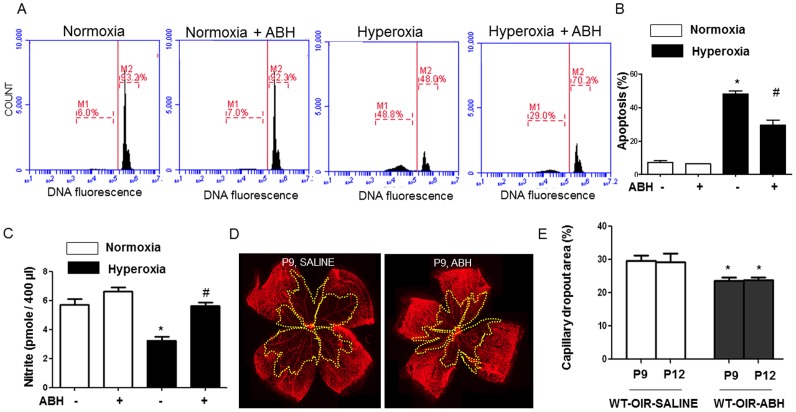Figure 1. Inhibiting arginase inhibits hyperoxia-induced cell death and preserves nitrite accumulation in vitro and vaso-obliteration in vivo.
For in vitro studies, BRECs were treated with hyperoxia (40% O2, 5% CO2) or normoxia (21% O2, 5% CO2) with and without ABH (100 µM) for 48 hours. Groups of cells were stained with propidium iodide and the percentage of apoptotic nuclei (hypodiploid, M1) and normal nuclei (diploid, M2) were quantified by flow cytometry (A, B). n = 4–5, * P≤0.05 vs normoxia and hyperoxia treated with ABH, # P≤0.05 vs hyperoxic and normoxic treatment. NO release was detected using chemiluminescence to measure nitrite levels in conditioned media from the treated cells (C. n = 6–9. * P≤0.05 vs normoxia with or without ABH, # P≤0.05 vs hyperoxia without ABH. For in vivo analyses, wild type mice were treated with daily i.p. injections of vehicle (saline) or ABH (15 mg/kg) from P7 to P9 or P12. Retinal vessels were visualized by lectin labeling (D) and the area of capillary dropout (yellow) was quantified in fluorescence micrographs using ImageJ (E). n = 7–9, *P≤0.05 vs saline.

